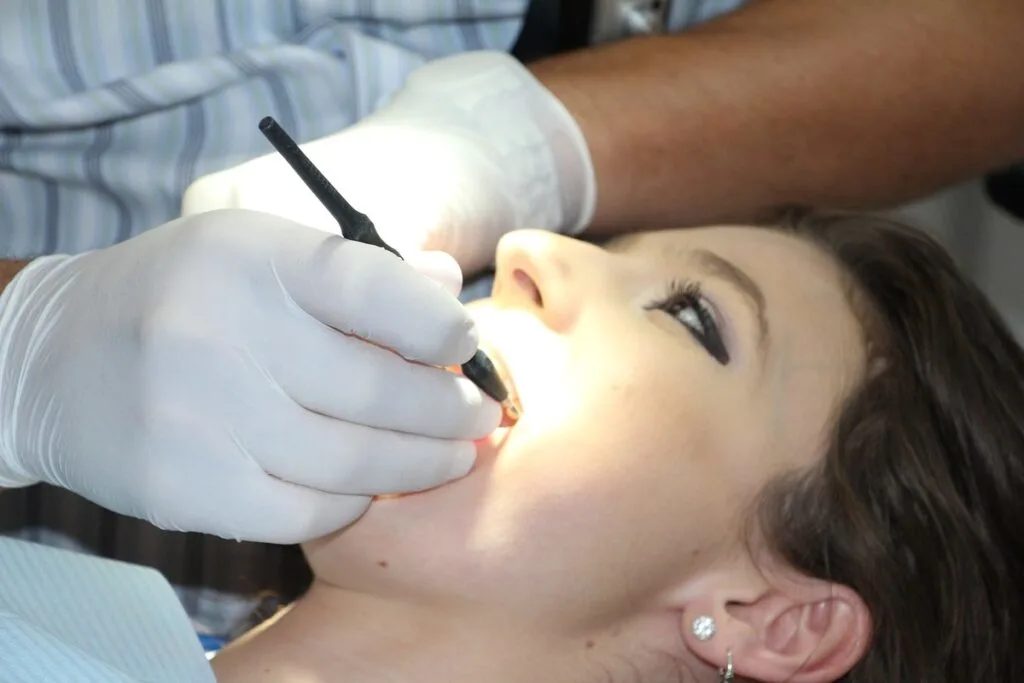The importance of dental cleaning cannot be enough.
It is crucial for everyone to pay their local dentist a visit every six months.
Dental cleaning is an incredible preventative dental procedure which general dentists use for maintaining the oral health of their respective patients.
It also significantly reduces the risk of gum disease and tooth decay.
Although My Dentist San Francisco recommends that everyone should get a dental cleaning every six months, some individuals would need to get teeth cleaning done more frequently.
If you are interested in dental cleaning, it is important that you keep in mind that there are different types of dental cleanings that are provided by a dentist.
Most dentists perform four types of dental cleanings.
To decide which type of dental cleaning one should get, the dentist will conduct an oral exam to evaluate the gums and teeth.

Based on this exam, the dentist will suggest either one of the dental cleanings mentioned below.
1. Prophylaxis
One of the most commonly performed dental cleaning is prophylaxis. It aims to remove tartar and plaque as a preventative measure.
This teeth cleaning is performed on healthy teeth to maintain dental health.
Thus, it is a simple and rather straightforward procedure that should not take up a lot of time.
Anyone can walk in to their local dentist’s office and get the treatment before heading to work.
The meaning of the word “prophylaxis” means to prevent disease which clearly reveals its purpose.
Prophylaxis cleanings help prevent two of the most common dental diseases, namely, gum disease and tooth decay.
To ensure that you only require a prophylaxis cleaning every six months, you should make it a habit to brush your teeth twice a day, floss them regularly, and visit your local dentist regularly without missing a single appointment.
2. Scaling and Root Planing
Unlike a prophylaxis cleaning which tends to be quite simple, scaling and root planing cleaning is more advanced.
It takes things a step further. This type of dental cleaning is commonly referred to as deep cleaning.
If the dentist observes signs of gum disease, scaling and root planing cleanings would be performed.
The initial step is the same as a prophylaxis cleaning where tartar and plaque are removed from the teeth.
Then, for deep cleaning, the gum pockets right below your gum line would also get cleaned. Together, it is called scaling.
Once the first step has been performed, the dentist will move on to the second step which is called planing.
It consists of the smoothening of the root surface to promote reattachment of your gum tissue.
Multiple dental visits as well as local anaesthetics might be required depending on the severity of the gum disease.

3. Periodontal Maintenance
Periodontal maintenance cleaning tends to the same as scaling and root planing cleaning.
However, it is important to keep in mind that it is performed more frequently.
This type of dental cleaning helps treat gum disease. But, it is also used for the treatment of more advanced form of gum disease.
The number of times that you would need to visit the dentist for periodontal maintenance cleanings depends entirely on just how severe the gum disease is and how much it has progressed.
Since this type of gum disease cannot be reversed, periodontal maintenance cleanings are the only solution to preventing it from getting worse and future tooth loss.
4. Gross Debridement
Finally, the fourth type of dental cleaning that is performed by the dentist is gross debridement.
It is also known as heavy duty teeth cleaning.
This dental cleaning is performed when there is a huge amount of tartar and plaque build-up on your teeth.
In such a situation, a prophylaxis cleaning would just not cut it.
A scalar tooth is used in gross debridement cleaning to gently scrape off the plaque.
Then, an electrical tool is used for removing and loosening the hardened tartar. Once the procedure has been performed, it is followed up by a regular prophylaxis cleaning.
Conclusion
As you can see from the above, dentists provide a variety of dental cleanings depending on your dental needs.
Generally, prophylaxis cleanings are sufficient for patients every six months.
However, patients who suffer from gum disease would need to get scaling and root planing done, including periodontal maintenance cleanings for better prevention.
Lastly, if anyone has excessive build-up of tartar and plaque, they would need to get a gross debridement cleaning done to ensure that the hardened tartar is thoroughly removed.